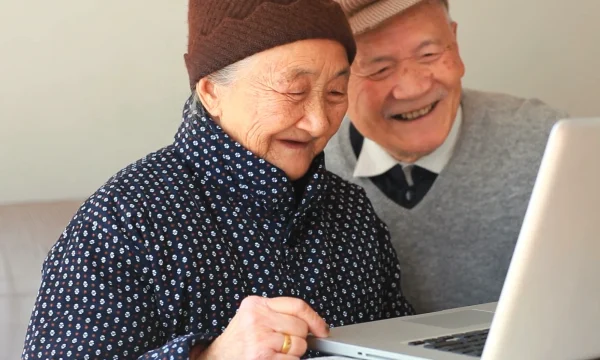How to protect your privacy from tracking apps?
Apps – what would life be without them? Imagine opening a brand-new browser tab every time you wanted to check your email, access photos, connect with friends on social media, or even pay your bills online.
Apps have greatly enhanced the way consumers interact with and complete tasks on their mobile devices. But what many consumers don’t realize is that they are tracked by many of the apps they know and use daily. Tracking can stem from a variety of platforms, however one type in particular has brought this issue even more into the forefront: contact tracing apps, which can help slow the spread of COVID-19.
What Are Contact Tracing Apps?
According to MIT Technology Review, technologists have been working to build contact tracing apps and systems to identify and notify those who have come in contact with a virus carrier. Tech giants and public health authorities worldwide have quickly signed up to build the application programming interfaces (APIs) and apps necessary to support this project’s scale. However, many users are skeptical that they know very little about these apps, what data is collected, and who this data is shared with.
The success of these contact tracing apps rests on user participation. However, for these apps to make a real impact, developers must overcome potential privacy and security risks to assure individuals their data will only be used to fight the virus’ spread.
The Impact of Contact Tracing Technology
According to Health IT Security, the American Civil Liberties Union and the Electronic Frontier Foundation released reports outlining potential privacy and security risks developers should consider when building APIs and drafting privacy policies. Some of these risks include geo-location tracking or tracking a device’s location in real-time.
Then there’s user behavior to keep in mind. Some individuals may not understand the extent of the information they share with an app, while others are uneasy about the idea that the government – or a hacker – could easily access their whereabouts. What’s more, users are concerned that data collection will fail to end after the pandemic and authorities will use it in the future for unwarranted public surveillance.
While the privacy concerns around contact tracing apps are genuine, it’s also important to consider how this technology could greatly benefit public health. Although the privacy protection instilled in some apps is still a work-in-progress, some technologies have successfully contact traced without putting users’ privacy at risk. For example, Singapore’s app TraceTogether only collects and gathers data at the point that someone 1) is confirmed to have COVID-19 and 2) consents to the scraping of that data. From there, the data is anonymized, encrypted, and doesn’t reveal the identity of the infected user or the person that may have come in contact with them. What’s more, the data is deleted automatically after 21 days. By employing a thoughtful approach to contact tracing, positive strides can be made towards stopping the virus’s spread without risking user privacy.
How to Stay Secure
As a consumer living in a world riddled with uncertainty, you can take steps to help protect your digital life. When it comes to the rise of contact tracing technology and other apps you may use, here are some tips to consider to help safeguard your private information.
Understand and read the terms
Because this technology is relatively new, there is much to consider if you’re thinking about downloading a contact tracing app. Consumers can protect their privacy by reading the Privacy Policy and Terms of Service so they can know just what they’re dealing with.
Update your settings
If you’re concerned about an app having permission to access your location, photos, or other data, check your settings to see which apps have access to this information. Change permissions by either deleting the app or changing your settings on your device.
Consider other options
If you are not comfortable downloading a contact tracing app on your device but would like to be informed of the virus’ spread, you can visit the CDC’s website for COVID-19 cases, which can be narrowed down by state and county.

 Home
Home










